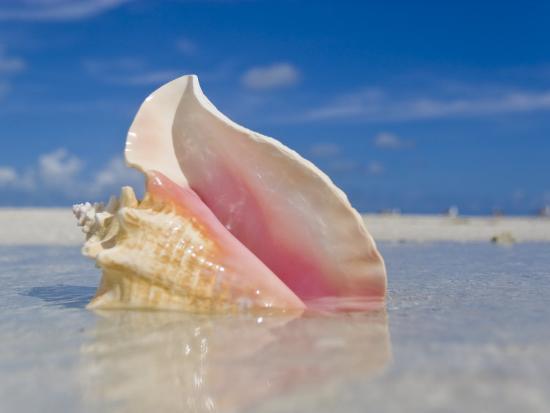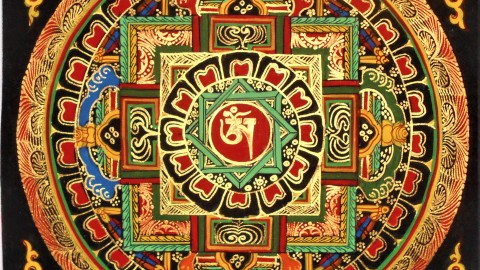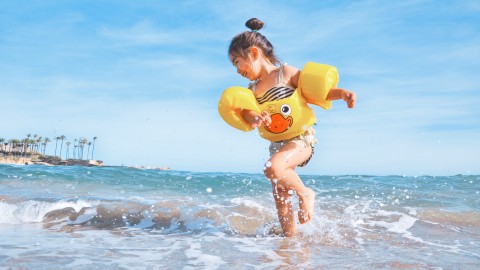Knowledge, Information and Experience
In Hindu mythology, the shankha is a sacred emblem of the Hindu preserver god Vishnu. It is still used as a trumpet in Hindu ritual, and in the past was used as a war trumpet. The shankha is praised in Hindu scriptures as a giver of fame, longevity and prosperity, the cleanser of sin and the abode of goddess Lakshmi, who is the goddess of wealth and consort of Vishnu.
The shankha is displayed in Hindu art in association with Vishnu. As a symbol of water, it is associated with female fertility and serpents (Nāgas). The shankha is the state emblem of the Indian state of Kerala and was also the national emblems of the Indian princely state of Travancore, and the Kingdom of Cochin.
The shankha is one of the eight auspicious symbols of Buddhism, the Ashtamangala, and represents the pervasive sound of Buddhism.
A powder made from the shell material is used in ayurveda as a treatment for stomach ailments.
Shankha is used in Ayurveda medicinal formulations to treat many ailments. It is prepared as conch shell ash, known in Sanskrit as shankha bhasma, which is prepared by soaking the shell in lime juice and calcinating in covered crucibles, 10 to 12 times, and finally reducing it to powder ash.[2] Shankha bhasma contains calcium, iron and magnesium and is considered to possess antacid and digestive properties.
Also a newlywed Bengali bride wears bangles called shakha paula, made from coral and conch-shell powder. They have been a part of Bengali custom and tradition. In an ancient era, the Bengali farming community is thought to have resided near the river. They collected conch shells and powdered them to create bangles. They also used red coral for the bangles. They gave these beautiful bangles to their wives, as they could not afford ivory bangles. They were also known as poor-man’s ivory, as they were cheap substitute for ivory bangles.
Significance:
The sound of the shankha symbolises the sacred Om sound. Vishnu holding the conch represents him as the god of sound. Brahma Vaivarta Purana declares that shankha is the residence of both Lakshmi and Vishnu, bathing by the waters led through a shankha is considered as like bathing with all holy waters at once. Sankha Sadma Purana declares that bathing an image of Vishnu with cow milk is as virtuous as performing a million yajnas (fire sacrifices), and bathing Vishnu with Ganges river water frees one from the cycle of births. It further says “while the mere sight of the conch (shankha) dispels all sins as the Sun dispels the fog, why talk of its worship?” Padma Purana asserts the same effect of bathing Vishnu by Ganges water and milk and further adds doing so avoids evil, pouring water from a shankha on one’s own head before a Vishnu image is equivalent to bathing in the pious Ganges river.
In Buddhism, the conch shell has been incorporated as one of the eight auspicious symbols, also called Ashtamangala. The right-turning white conch shell, Wylie: dung gyas, represents the elegant, deep, melodious, interpenetrating and pervasive sound of Buddhism, which awakens disciples from the deep slumber of ignorance and urges them to accomplish their own welfare and the welfare of others.
Tags: Be Still Drop Inner Resistance










